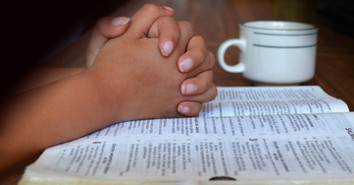Halloween Should Celebrate Saints, Not Sin
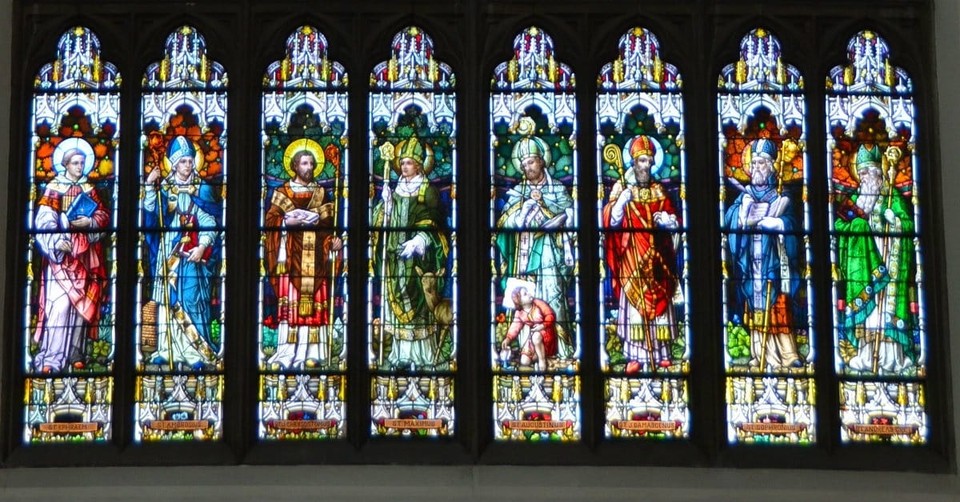
"The Church identifies blesseds and saints not for their benefit but for the Church's sake — to show that holiness is possible in every century, every walk of life, every part of the globe and every circumstance of life." Rev. Pat McClosky, O.F.M.
On Oct. 31st, an estimated 36 million children ages 5-13 will don spooky or silly costumes as they roam neighborhood streets in search for "tricks or treats." While the nation participates in rousing festivities, Christian parents wrestle with how to celebrate Halloween. Are we compromising our children's faithfulness to the Gospel by allowing them to dress as witches and vampires? Are we destroying our witness by showing up at the neighbor's doorstep disguised - thinly - as ghosts and goblins? Are we risking spiritual attack by participating in festivities that make light of sorcery, death, and demons?
The modern Halloween celebration certainly does not have the appearance of a Christian holiday. Every October the nation is bombarded with images that in fact, represent the very things the Christian faith warns believers against. Yet with the widespread celebration of Halloween, sitting at home is easier said than done. And opting out may result in even more guilt as parents remember their own innocent childhood revelry on October nights long ago. So many go in a third direction - hosting Christian or seasonal alternatives to Halloween.
The truth is, Halloween - in spite of its seemingly pagan appearance - is not only an ancient Church holiday but remains an important feast day in the Christian calendar to this very day. There's no need to ignore Halloween - instead, Christians can celebrate it in a manner consistent with the original purpose.
The Meaning of "Halloween"
In A.D. 741, the Church set aside Nov. 1st as "All Saint's Day" in honor of the great Christian heroes from the dark and bloody days of the early Church. The feast of All Saints is one of the earliest Christian holy days and was originally set on May 13th . But officials moved it to November to counteract the popular pagan festival Samhain that dominated Roman culture at that time.
In keeping with Jewish tradition, early Christian feast days began at sundown the night before. October 31st was set aside as "All Hallow's Eve" or the eve of "All Hallows." Over the centuries and throughout various cultures, Halloween festivities have adopted customs and lore from many different traditions. By the time Halloween became popular in America around the mid-1800's, its Christian focus was crowded out by myths, legends, and superstitions. But if we wade past the stories of Jack and his Lantern or witches cackling over brew, we will find real stories of lives lived for good in the face of evil.
Celebrating the Feast of All Saints

Families can pick a few Christian heroes of interest, and teach their children about their lives as well as the eras in which they lived. Then, as Halloween approaches, parents can throw an "All Saints' Party" to celebrate - requesting that attendees dress as their favorite Saint or Biblical character. Or families and friends can wear these costumes as they venture out into local neighborhoods for some old-fashioned trick-or-treating. Who knows what opportunities to share the Gospel could come your way?
Here are some Saints you might want to learn more about:
The Early Martyrs
The Church faced much persecution in her infancy - and where there is persecution, there are opportunities for heroes to emerge. Countless Christians - young mothers, nobles, slaves, Roman guards, and every day men and women -- gave their lives in the name of Christ.
Perpetua, a noblewoman from Carthage, and her servant Felicity bravely marched to an amphitheatre of wild beasts around A.D. 203. Historians consider Perpetua's writings on their persecution, imprisonment, and impending martyrdom the oldest surviving text penned by a Christian woman. Costume: A robe of pretty material accompanied by bracelets, jewelry, and adornments worn in the hair, symbolizing Perpetua's noble status.
Biblical Characters
Noah and his ark. Moses and the Ten Commandments. Rebekah and her watering jar. Queen Esther and her court. John the Baptist and his clothing made of camel's hair. Joseph and his colored coat. There are many fascinating characters in the Bible that could make for some interesting costumes.
One mom combined creativity with simplicity by dressing her son as the Apostle Peter. She draped him in a sheet for a robe and gave him a fishing hat with fish lures pinned through the hat, symbolizing his status as a "fisher of men." Another common symbol for Peter is a set of keys, for the Scripture where Jesus gives Peter the "keys of the kingdom." (Matt 16:19)
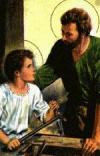
The Angels
Although the angels are not human saints, their heroic characters are worth emulating. Plus, they'd make for some fun costumes.
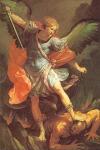
Like Michael, Gabriel appears in both the Old and New Testaments. He appears with Michael in the Book of Daniel, and is traditionally considered the messenger who appeared to Mary to announce the conception of Jesus. Gabriel is chiefly identified as God's messenger. Costume: Wings, yellow and white robes, halo, messenger's scroll.
Saints from More Recent Eras
From the early Church fathers to 20th century poets, there are countless Christians whose stories weave a vibrant tapestry of Christian history. These three are noteworthy, but barely scratch the surface, so check out the resources at the bottom for more.
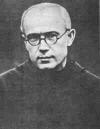
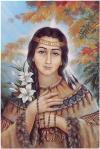
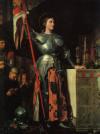
More Information:
131 Christians Everyone Should Know by Mark Galli and Ted Olson, B&H Publishing Group
Loyola Kids Book of Saints by Amy Welborn and Ansgar Holmberg (Loyola Press, September 2001).
Redeeming Halloween: Celebrating Without Selling Out by Kim Wier and Pam McCune (Focus on the Family and Tyndale House)
Article sources:
- Information about Saint's from Catholic.org's list of Saints and Wikipedia.org's list of Patron Saints
- Images: Russion Icon of the Last Supper by Simon Ushakov, Guido Reni's archangel Michael in the Capuchin church of Santa Maria della Concezione, and Joan at the Coronation of Charles VII, by Jean Auguste Dominique Ingres (1854) from Wikipedia Commons. Other photos from www.catholic-forum.com photo archives.
- "To Halloween or Not to Halloween?" Kim Wier, Crosswalk.com
- "Saints Point Us Towards God" by Father Pat McCloskey, O.F.M (St. Anthony's Messenger, www.americancatholic.org).
- "Evolution of a Holiday" and "Fast Facts," History.com
Originally posted in October 2007
Originally published October 10, 2009.







